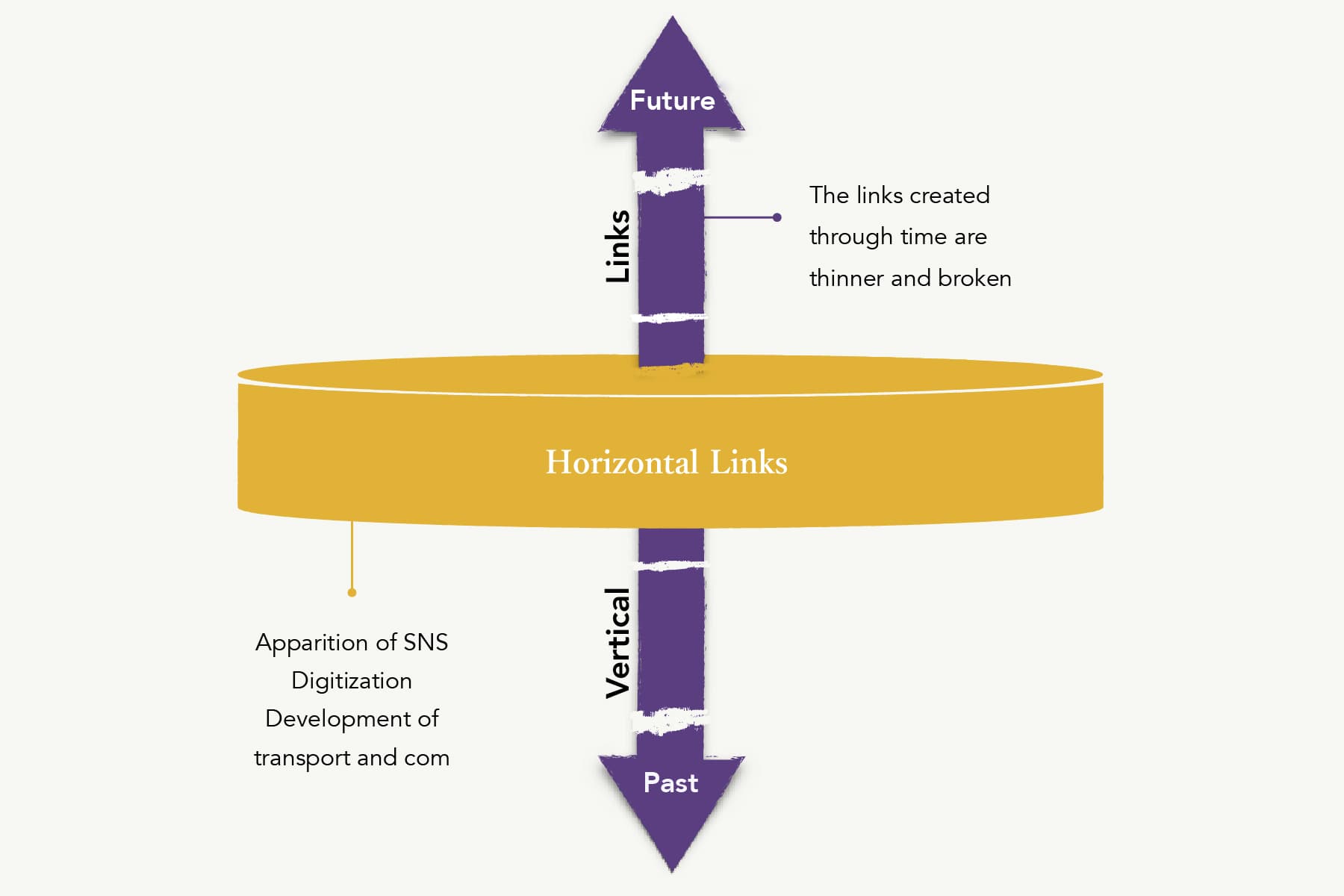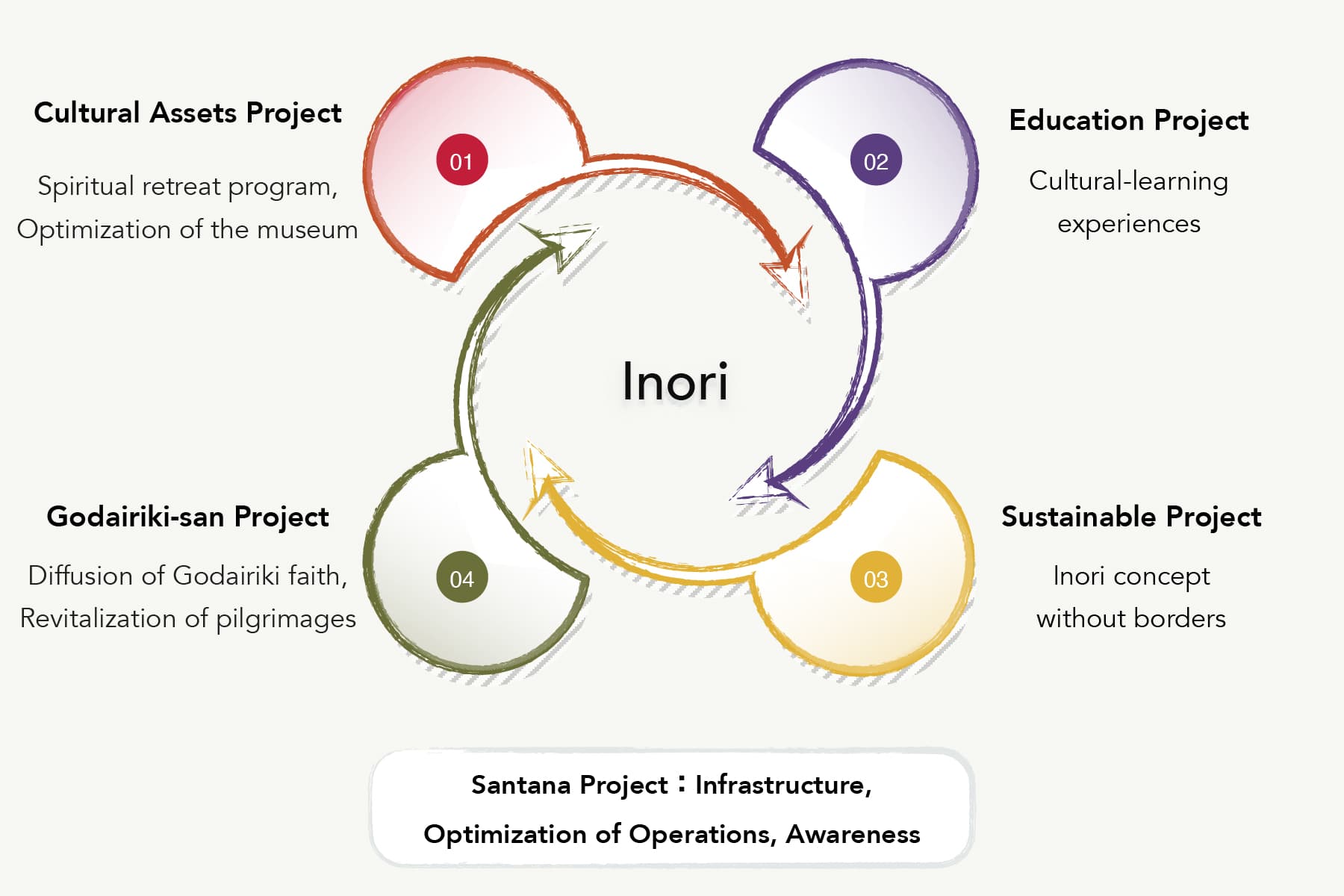Universality is our treasure
Observing prayers that have been handed down for over 1000 years
We will send out prayers across generations that are sustainable for the next generation to the world.
Sustainable Heritage
Know the Past to Build the Future
Situated in the south-east of Kyoto City, the temple’s precincts were discovered on top of the Mt. Daigo by Shōbō Rigen Daishi, the disciple of the most famous Japanese monk Kūkai. According to the legend, its spring water, as sweet as nectar, is at the origin of the name of the temple itself; Daigoji also meaning "Exquisite Taste".
Officially built in 874, the Daigo Imperor elevated its rank to Imperial Temple a few decades later before expanding to the lower area of the mountain, where several buildings were constructed. From the middle of the 10th century, the Daigoji Temple was already divided in two distinct areas, its upper part, called Kami Daigo, and its lower part, called Shimo Daigo, for a total of 600 hectares. During the 12th century, the temple was recognised as the Head Temple of the Daigo Branch of Shingon Buddhism, making it one of the most influencial in Japan. Its reputation grew even wider when Toyotomi Hideyoshi, considered to be the Great Unifier of Japan, held in 1598 the Daigo-no-Hanami, the blossom viewing party of Daigo, after planting more than 700 cherry trees.
With its rich history of 1,150 years, it is now home to more than 150,000 preserved cultural assets, including a record of 75,537 National Treasures. Daigoji was finally added to the list of UNESCO World Heritage Sites in 1994, reflecting the will to open its doors to a broader public.
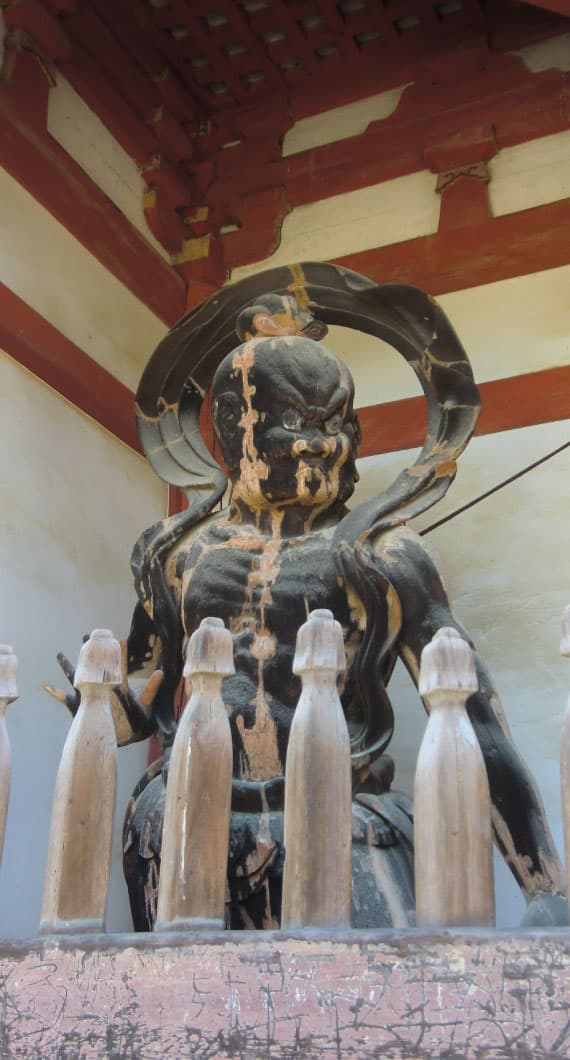

Daigoji Belief

Explore
Explore the rich history of the Daigoji temple through its splendid architecture,
floroushing nature and fascinating treasures.

Experience
Experience our spiritual practices and learn more about Japanese traditional arts.
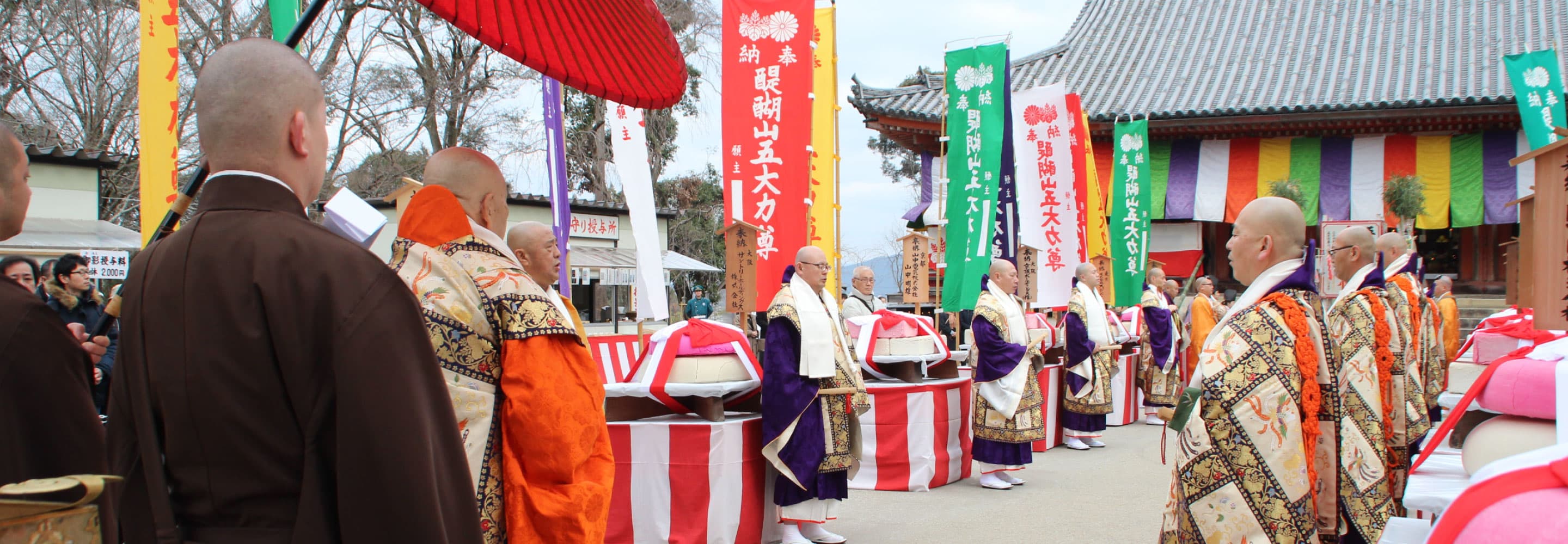
Celebrate
Discover the beauty of the Japanese four seasons and Shingon Buddhism rituals.
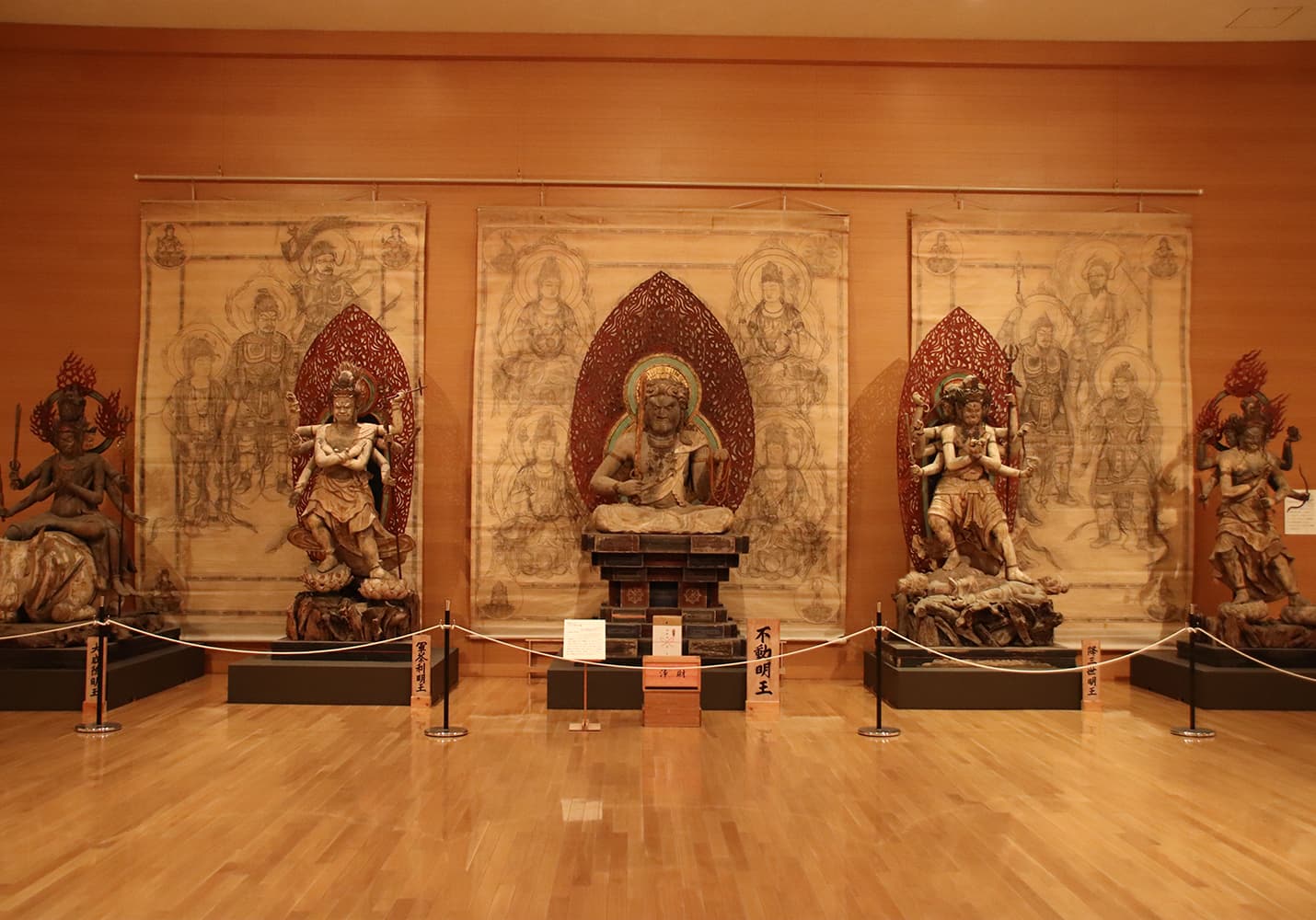
Discover
Learn about the rich history of the Daigoji Temple through its permanent and special exhibitions.

Savour
Savour our two unique types of cuisine: Vegetarian « Gozen » cuisine and Medicinal « Yakuzen » cuisine.

Shop
Acquire our made in Japan spiritual and limited edition souvenirs.
Location

Opening hours
|
Shimo-Daigo (Sanboin, Reihokan, Garan) |
Kami-Daigo |
|
|---|---|---|
|
OPEN |
9:00 |
9:00 |
|
CLOSE |
17:00 |
15:00 |
|
CLOSE ・Day following first Sunday in December ・last day of February |
16:30 |
14:00 |
-
・Last entry is 30 minutes before closing.
Admission fee
|
Normal season:Sanboin garden and Garan |
||
|---|---|---|
|
Two-site admission ticket |
One-site admission ticket |
|
|
Adults |
1,000yen |
600yen |
| age 13-18 |
700yen |
400yen |
|
Kamidaigo and The Reihokan’s Statue Halls are free-of-charge throughout the year. |
||
|
Special viewing |
||
Sanboin Special viewing |
Reihokan Museum |
|
| Age 13 and over |
500yen |
Donations 500 yen |
| Reception location |
Omote Shoin |
Inside the Museum |
|
Spring season:Sanboin garden,Garan and Reihokan |
||
Three-site admission ticket |
||
| Adults |
1,500yen |
|
| age 13-18 |
1,000yen |
|
-
・Free for elementary school students and younger.
-
・(
)Group price applicable from 20 or more adults.
-
・Normal season is applicable for the out-of-season period.
-
・During the spring season, an additional charge is required into the Reihokan area.
-
・Kamidaigo and The Reihokan’s Statue Halls are free-of-charge throughout the year.
Access
22 Daigo higashi ojicho, Fushimi Ward, Kyoto, 601-1325
use the train


use the BUS









